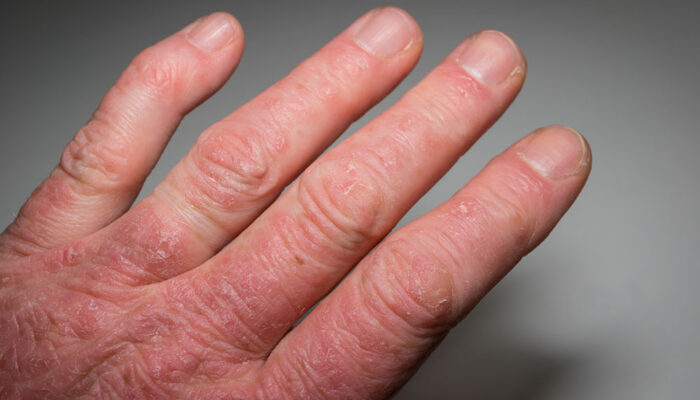
Early Warning Signs of Asthma
Asthma and other respiratory tract diseases share common symptoms. Common cold, COPD, or bronchitis can leave you with a cough, breathlessness and fatigue. While symptoms of other diseases will go away quickly, symptoms that indicate asthma will not. Asthma is a lifelong condition, and hence the symptoms will be persistent and will not go away unless you treat them.
Observe symptoms, make a note of the frequency and its impact so that you can describe them in minute details. Along with other diagnostic tools, these distinctions help a doctor determine if it was asthma or not. Asthma attacks always come with a warning at least one or two days before a flare-up. The intensity and the type of symptoms might vary from one person to another, and it is important to pay attention to changes that you notice in your body. Refer to your written action plan and understand if you are in a safe, caution, or danger zone so that you can take necessary action accordingly.
Green zone
Doctors classify if you are in a green zone if you can breathe normally and do not have any early warning signs for asthma. Take the prescribed medications on time, and do not skip them because you do not have any warning signs.
Yellow zone warning signs
- A persistent cough in the night time
- Running or a congested nose
- Sleeplessness
- Fatigue and restlessness
- Dark circles in eyes
- Itchy skin, throat, and eyes
- Runny nose
- Watery eyes
- Thirst
- Eczema flare-ups
- Headache, stomach ache, or fever
What to do?
If early warning signs of asthma fall under the yellow zone, refer to the action plan. A peak flow test is a test that measures the effectiveness of one’s breathing. If you are in the yellow zone, doctors recommend checking your peak flow twice a day. Some gadgets and apps are available to measure your peak flow. Avoid triggers and also take your prescribed quick-relief medication either using the inhaler or a nebulizer. If your peak flow is not restored, contact your doctor for additional medication or visit their clinic if required.
Red Zone warning signs
For children
Parents should know the danger signs and pay attention to respond quickly and prevent potentially life-threatening complications immediately. Watch out for any of these early warning signs of asthma in your child. It could indicate danger or a red zone warning sign.
- Unable to lie down
- Trouble walking or talking
- Shoulders go up
- Noisy breathing
- Neck and ribs move while breathing
- The skin around the mouth starts changing to blue or grey.
- Restlessness and fussy
- A peak flow test is less than 60 percent of their best rate.
What to do?
Give them the quick-relief medication and take them to the nearby clinic immediately or call 911.
For adults
Adults will be able to anticipate a red zone attack, as they will gauge the changes better. However, other family members and caregivers should also know the red zone warning signs of asthma for adults.
- Inability to walk, talk or think clearly
- Shoulders go up
- Neck and rib move fast while breathing
- A peak flow test is less than 60 percent of their best rate
- The skin around the mouth starts changing to blue or grey.
What to do?
Once you notice such symptoms, take the quick-relief medication and go to the nearest hospital or call 911 immediately.



